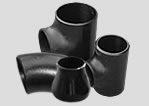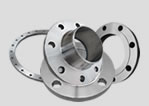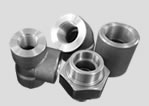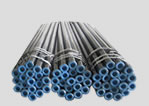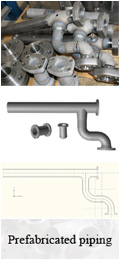How to define forged fittings?
Forged fittings are used for piping systems below 2 or 4 inches in diameter (4″ for 2000#/3000# fittings, 2″ for 6000#/9000# fittings), whereas buttweld fittings are used for larger diameter piping.
The two main types of forged fittings are the so-called socket weld fittings (which are connected to pipes by fillet welds) and threaded fittings (the pipe is screwed onto the fitting).
The ASME B16.11, MSS SP 75, MSS SP 83, MSS SP 95 specifications cover forged fittings (socket weld and threaded) to fit ASME B36.10 and ASME B36.19 carbon, alloy, stainless steel and nickel alloy pipes of small bore size.
Forged fittings are manufactured from solid blocks of steel, that are machined to obtain the final required shape within the tolerances set by the applicable specifications mentioned above. This is different from buttweld fittings, which are manufactured by cutting, bending and shaping seamless or welded steel pipes.
previous page:How to select forged flange
next pageASME B16.11 Elbow Manufacturer


